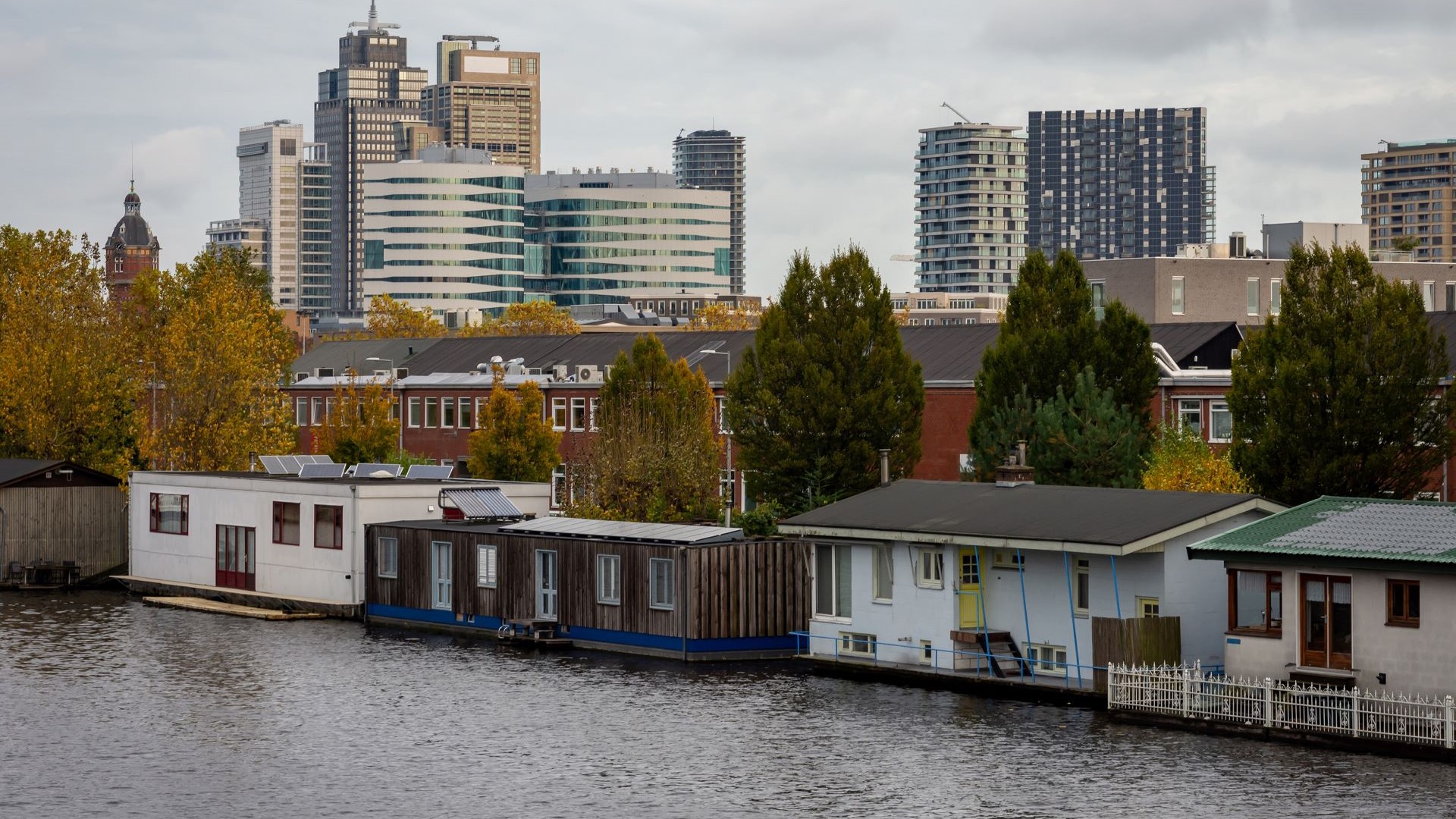
Outcome: finding a suitable and safe location for a houseboat that needed to be moved
Challenge: how to compare wave characteristics at different locations
The challenge for the municipality was that they had to guarantee the owners of the houseboat that their new living environment would be just as suitable as the previous one. Moving their houseboat to a place with higher waves was not an option. To convince all parties involved that the proposed location was suitable, and that the waves were not higher, hard evidence was needed.
In cases like this, a visual inspection is not enough, nor a onetime manual measurement. All scenarios have to be considered, so continuous measurement was necessary. In addition, the measurements had to be sufficiently accurate in order to recognize the characteristics of even the smallest waves. In the end, this was not about sea surf, but a city canal.
Solution: sensor installations at two locations enabling continuous comparison of wave characteristics
The sensors used were water pressure gauges that could very accurately record the passing waves with a frequency of 100 Hz. From the water pressure, the various characteristics of the waves, including the average wave amplitude, peak height, frequency, etc., can be deduced.
The sensor installation was placed at both the original location and the proposed location. This way, it would be possible to record the actual differences in wave action in the two places. With the Sweco Monitoring Platform it was possible to store this high-frequency data, and go through all the necessary aggregations to trace and store the wave characteristics.
Result: the decision to move a houseboat to another location was supported with objective data
The high-frequency data, and the conclusions that could be drawn from this, provided the municipality and the residents of the houseboat with objective proof of the wave characteristics in both places. In this way, the Sweco Monitoring Platform helped to quickly and objectively remove any subjective or uncertain elements from the discussion, thus supporting the best solution for the municipality and its residents.

